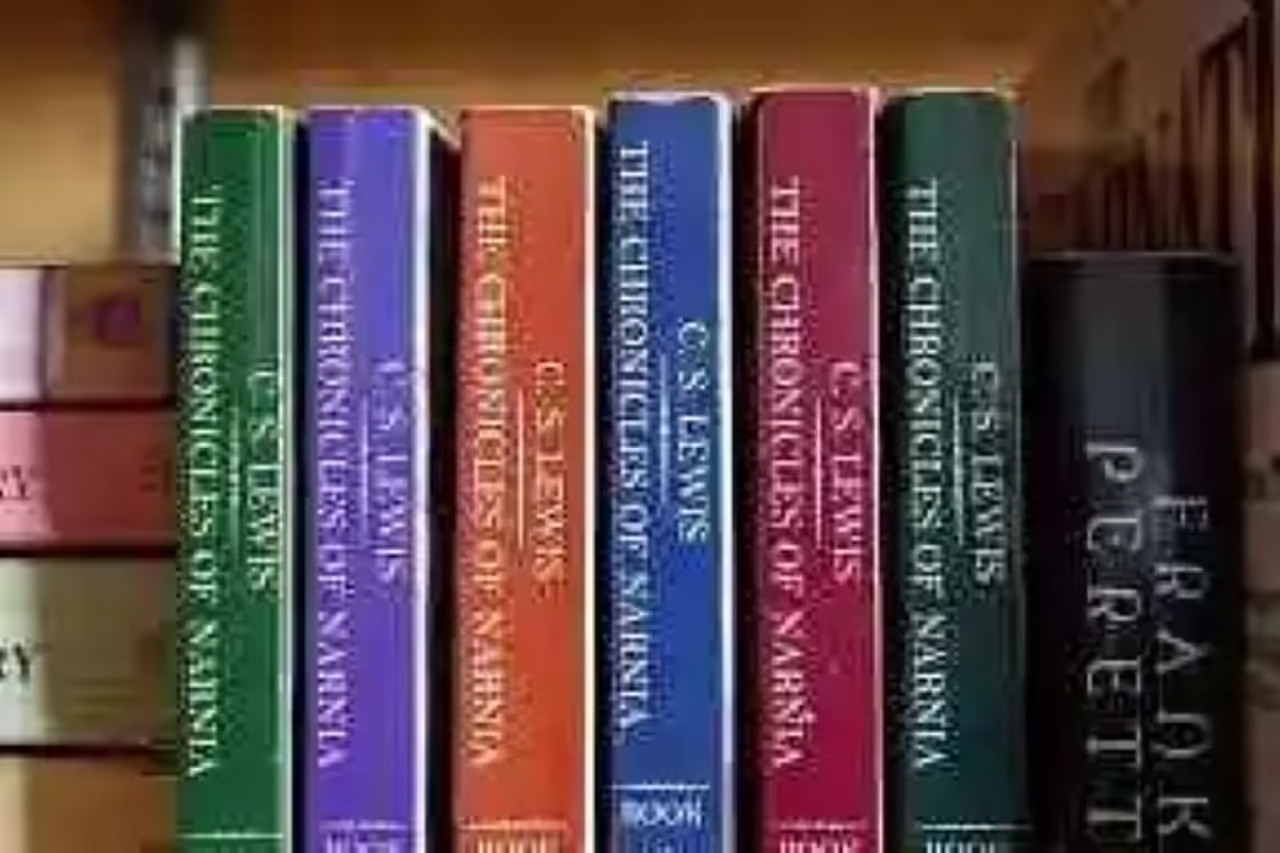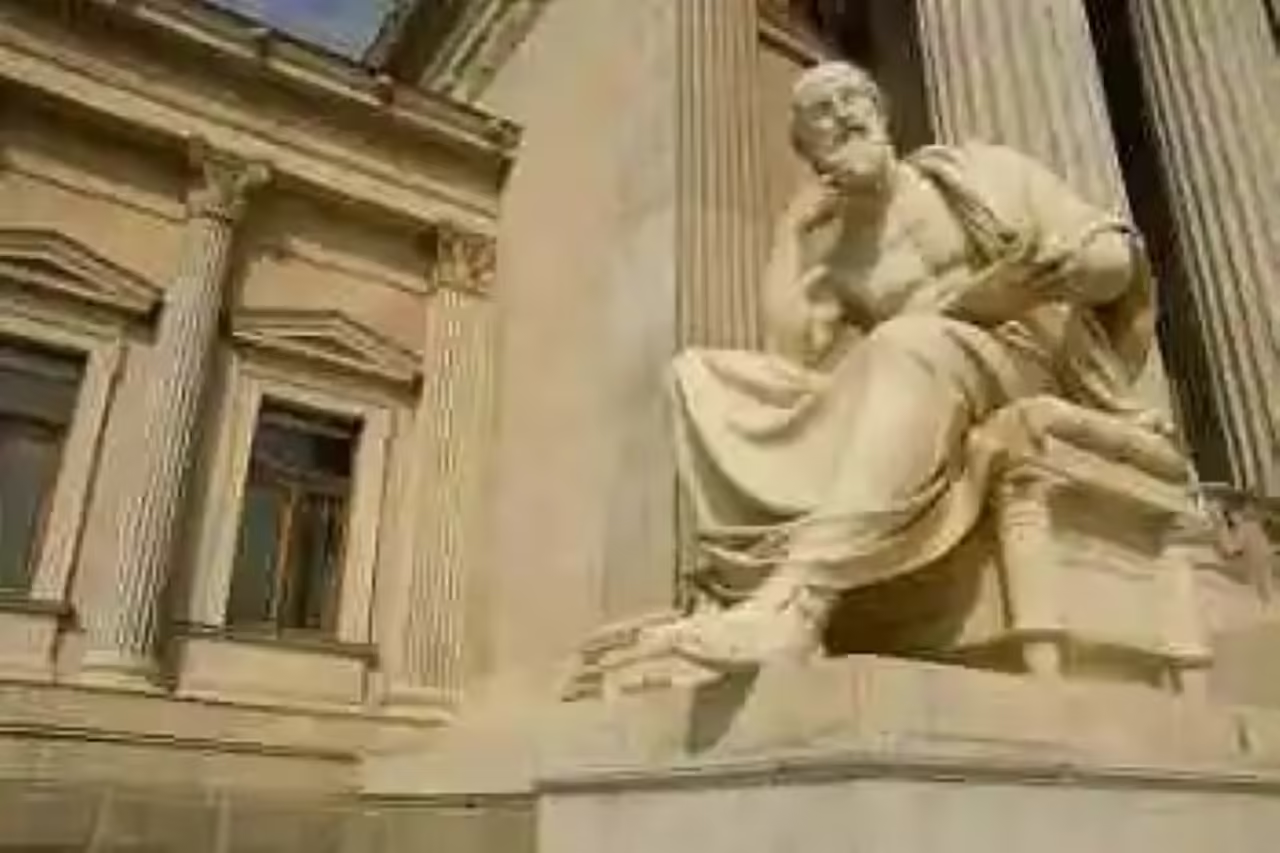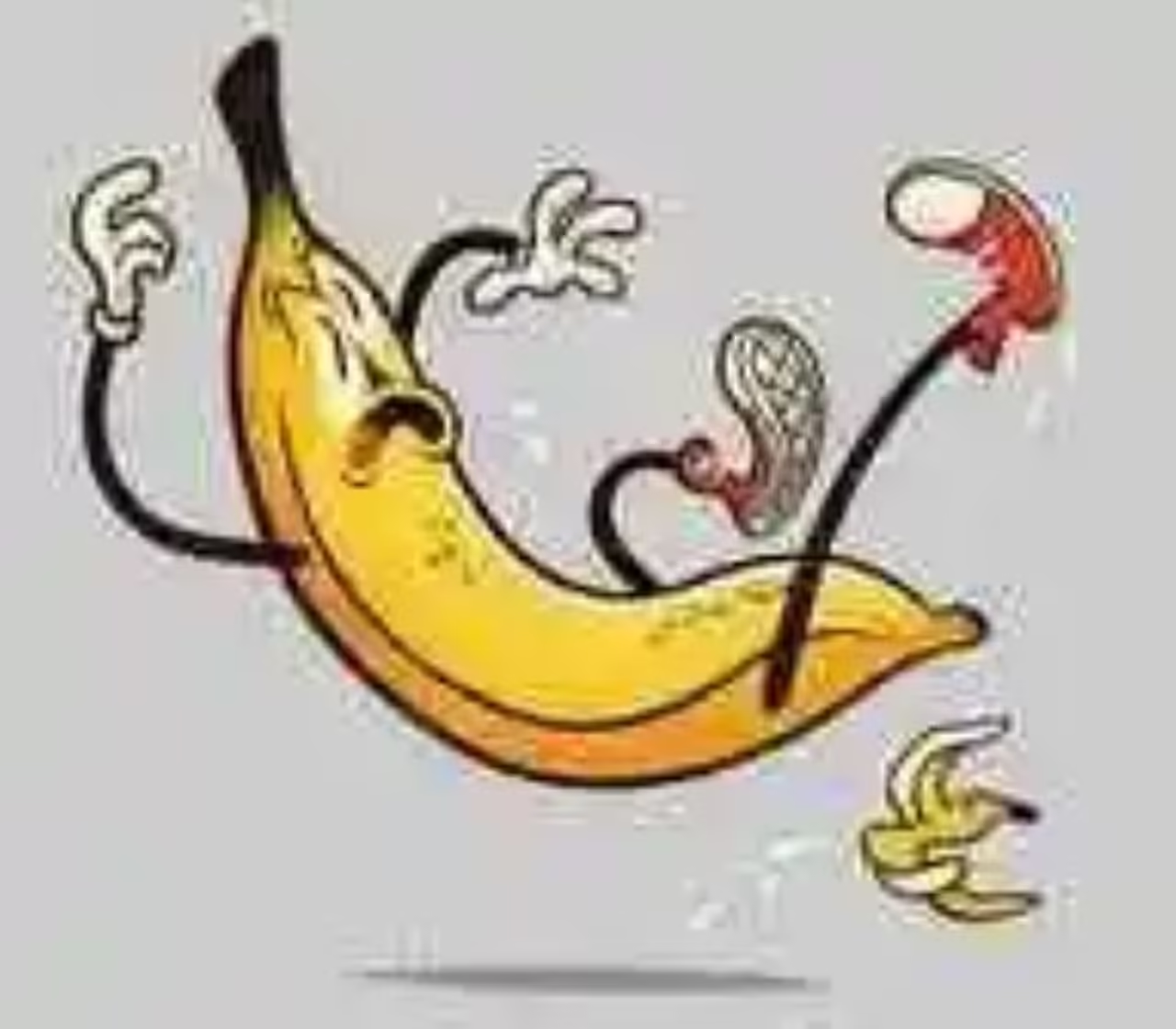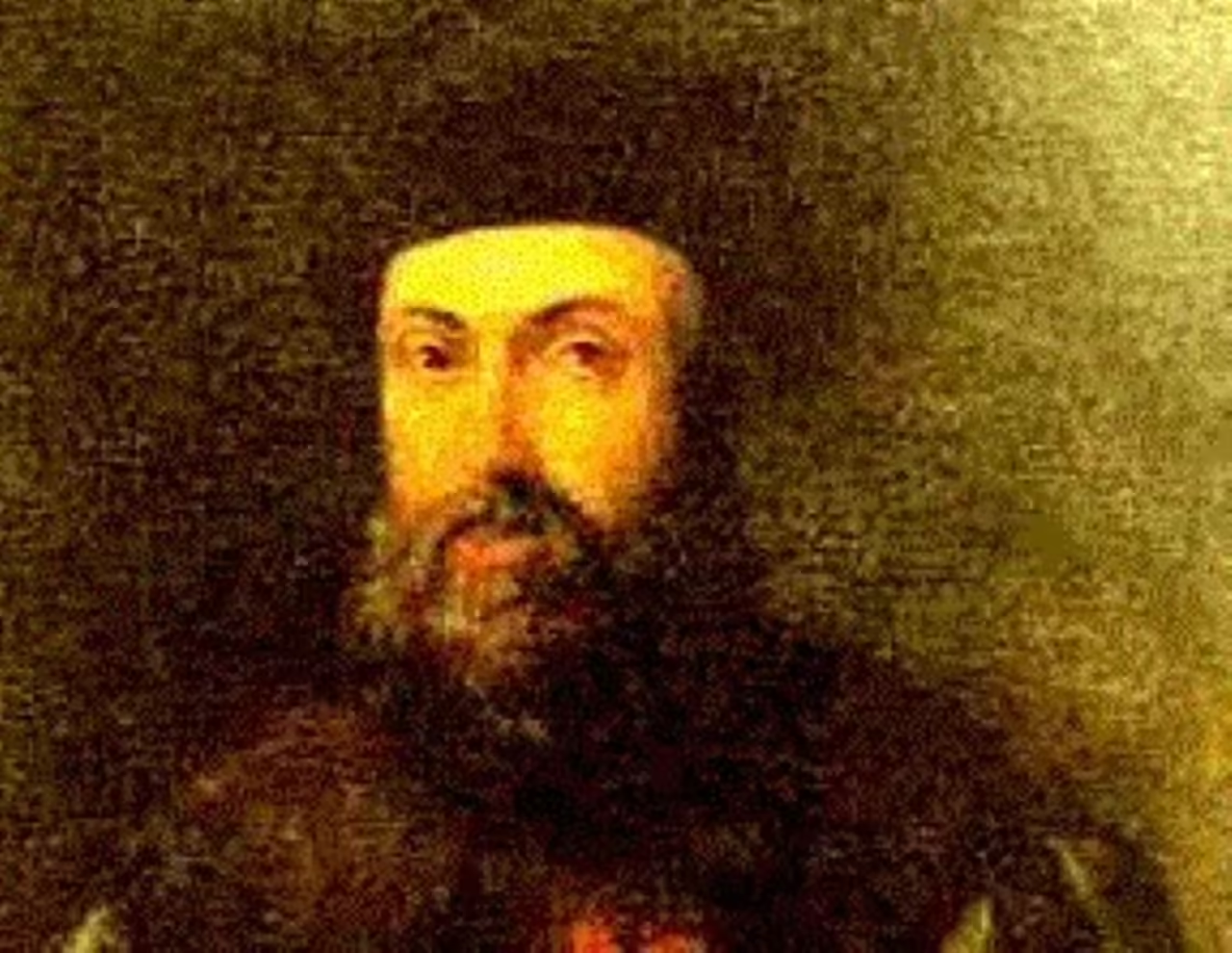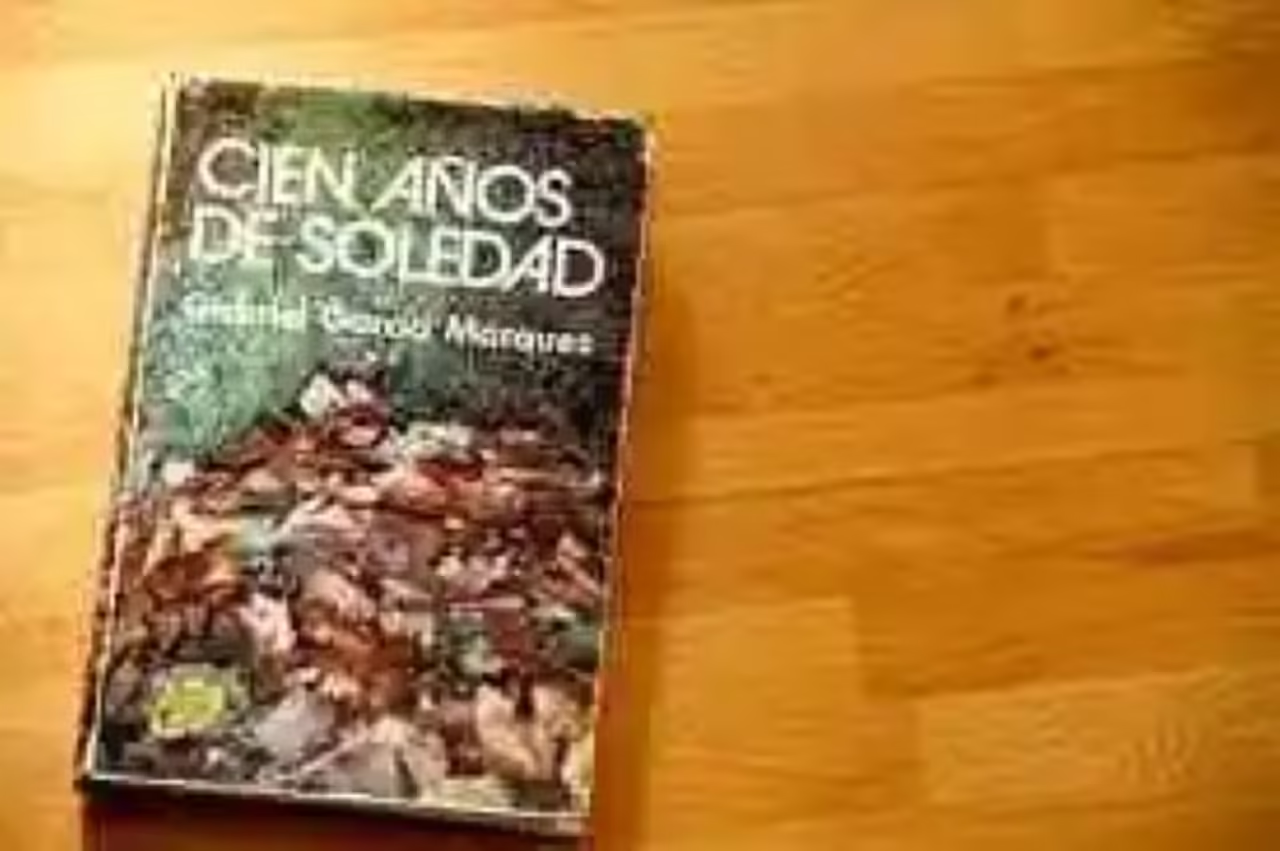In the field of Classical Youth Literature, the Chronicles of Narnia is known as the Chronicles of Narnia to heptalogy, written between 1950 and 1956, by the Anglo-Irish writer C.S. Lewisentre, in which this author recounts the continuing struggle between good and evil, which takes place in the f anthetic land of Narnia, inhabited by talking animals and mythological beings,as well as by its creator and protagonist of each of the seven books that make up this story: Aslan, the lion.
Books that make up the Chronicles of Narnia
Being a true editorial success, as well as cinematographic, and having several adaptations in other media such as radio, theater or television, the Chronicles of Narnia are the record of Aslan’s adventures, for preserving and saving from the evil the land he has created, which is why some sources point out that this heptalogy can also be read through Christian imagery, where good and evil constitute a duality in continuous confrontation.
Likewise, the Chronicles of Narnia feature four human characters: the children Peter, Susan, Lucy and Edmund, who serve, narratively speaking, as a common thread between the different books, even though there are two of these titles where these characters don´t have a share. However, it is these characters who will serve as a vehicle to take the reader to the land of Narnia, and introduce him to the beings that inhabit it,as well as the great struggle that they live among them.
As for the books that make up this heptalogy, there are the following:
The Lion, the Witch and the Wardrobe (1950)
Prince Caspian (1951)
The Traveller Crossing of Alba (1952)
The Silver Chair (1953)
The Horse and the Boy (1954)
The Wizard’s Nephew (1955)
The Last Battle (1956)
Summary of the Chronicles of Narnia
While it can be said that the general argument of the Chronicles of Narnia is the struggle of its creator Aslan to keep his creation alive, being a literary work composed of seven titles, when making a summary of this story, it is best to devote a moment to it s events that occurred in each book, as you can see below:
The Lion, the Witch and the Wardrobe (1950)
In this book, the brothers Pevensie: Peter, Susan, Lucy and Edmund find, in Professor Kirke’s house, a magical wardrobe that takes them to the land of Narnia, a place where peace once took place, but now lies under a long winter, which is now a hundred years old, without Christmas even being celebrated in it. In this way, Narnia reveals herself as a beautiful frozen kingdom, which awaits her release at some point.
Once on this earth, the four children are aware that the perennial winter is the work of the White Witch. In the midst of their passage through this fantastic world, these children will also meet Aslan, the lion that Narnia has created, making the decision to join his side, and participate in the battle to liberate this land, to help this lion regain its place as true king of Na rnia.
This is how a great battle takes place between the White Witch and those who have faith and believe in the truth. Eventually, Aslan and the four brothers manage to defeat, freeing Narnia from the witch, and beginning the Golden Age of Narnia, ruled by Aslan, as well as by the four little brothers. Fifteen years later, Peter, Susan, Lucy and Edmund manage to return to their world, through the magic closet, to prove that they are still children in the real world.
Prince Caspian (1951)
This book tells how the youngest little brothers, Lucy and Edmund return to Narnia, to discover how 1700 years have passed on this earth, even though in the real world only a year happened. However, it is not a visit that pleases them in principle, for when narnia again finds Narnia again under the dominion of evil, this time represented by King Miraz of Telmar.
This sovereign has established a reign of terror in Narnia, dictating that all those magical creatures that live on this earth be executed. Fortunately, many have managed to hide, even when they live in terror. In this way, once again, Lucy and Edmund join Aslan to help Prince Caspian regain the Freedom of Narnia. However,this battle is finally decided by a duel of honor between King Miraz de Telmar and the Prince of Caspia. As for the older brothers Pevensie it is discovered that they have not returned because they are no longer children, and they have learned things from adults.
The Traveller Crossing of Alba (1952)
For his part, this book narrates the third journey of Lucy and Edmund Pevensie to Narnia, who this time are accompanied by their cousin Eustace. This time, the brothers will accompany King Caspian X and Reepicheep – the faithful mouse that always accompanies the sovereign – on a sea voyage, where they will head towards the end of the world, in waters that no one has ever crossed, in search of the seven Lords, which Miraz banished, when he took for himself the throne of Narnia.
After a journey full of adventures and fantasy beings, Lucy and Edmund discover that this will be their last trip to Narnia, as they are about to stop being children. On the contrary, Eustace will return once again.
The Silver Chair (1953)
This book is the first story about Narnia in which the Pevensie brothers do not appear: Peter, Susan, Lucy and Edmund, since as announced in the previous books, they have grown and already learned many things, that do not allow them to visit this world Fantastic. Consequently, Aslan calls eustace, cousin of the Pevensie, to the land of Narnia and who visits Narnia accompanied by his school friend Jill Pole.
The mission of this journey is to find Prince Rilian, who has been kidnapped by an evil witch,who in the past killed the Daughter of Ramandu, queen of Narnia, and who has now bewitched Prince Rilian, making him alive beneath the earth with her.
Aslan gave Jill four keys to descend to the reign of this evil witch, and free Rilian, son of Caspian. However, during the trip, Jill forgets the clues. Eventually, Eustace, Jill and their companion Barroquejón manage to free Rilian, freeing him from the power of this malevolent witch.
The Horse and His Child (1954)
This book tells a story that occurred in the Golden Age of Narnia, that is, while the Pevensie brothers Peter, Susan,Lucy and Edmund, reigned over this fantastic land. This account of Narnia begins when the horse Bree meets Shasta, a boy who lives in the Calormeno kingdom, located south of Narnia, I find this one who unleashes in both the desire to travel to Narnia and liberate her.
However, during their journey they discover how a battle is being organized in the Calormeno kingdom to invade Narnia, which unleashes an announcement of war. The sovereigns of these lands, Peter, Susan, Lucy and Edmund manage to defeat the invaders. In punishment, Aslan turns the Calormene prince into a donkey, while Shasta encounters his fate, discovering that his real name is Cor, and that he is nothing more and nothing less than a prince, since he is the son of the king of Archeland.
The Wizard’s Nephew (1955)
The Pevensie brothers also do not intervene in this title, since the story told in their pages refers to the very creation of Narnia. In this way, he realizes how the children Digory and Polly are thrown into a magical world, once they have worn some magic rings, made by Digory’s uncle, who is a magician.
However, upon reaching Charn’s land, the children awaken the White Witch, who decides to bewitch them, and take them to a world where everything is darkness. In the middle of this land, however, appears Aslan, the lion, who frees the children and who, by singing a sweet song manages to create and found Narnia. During this story, the reader will discover that Digory is actually Professor Kirke, who owned the wardrobe where the Pevensie brothers first arrived in Narnia, since he himself as a child has visited this land, even going to his own Creation.
The Last Battle (1956)
Finally, the author tells the story about the end of the world of Narnia. However, on this occasionthere is no talk of external enemies, but he realizes how betrayal and evil have taken ground, and then only the king and some of his faithful followers can prevent this earth from being destroyed.
This battle involves Peter, Lucy, Edmund, Eustace and Polly, who, even though they are no longer children, have suffered an accident in the real world that has ended their lives, so they can return once again to Narnia. However, by not going on the journey with them, Susan doesn´t return to this fantastic land.
During combat, these warriors discover how the world being destroyed is not the real Narnia, but a copy. In this way, it is the fake Narnia that collapses and destroys, giving way to the New Narnia, and thus a new story.
Reading order
Even though the books that make up the heptalogy of the Chronicles of Narnia are presented in the order in which they were published by their author, most publishers sort this story according to the chronological order of which they account for their respective accounts, and which would be composed of the following sequence:
The Wizard’s Nephew (1955)
The Lion, the Witch and the Wardrobe (1950)
The Horse and His Child (1954)
Prince Caspian (1951)
The Journey of the Dawn Traveler (1952)
The Silver Chair (1953)
The Last Battle (1956)
Picture: pixabay.com
